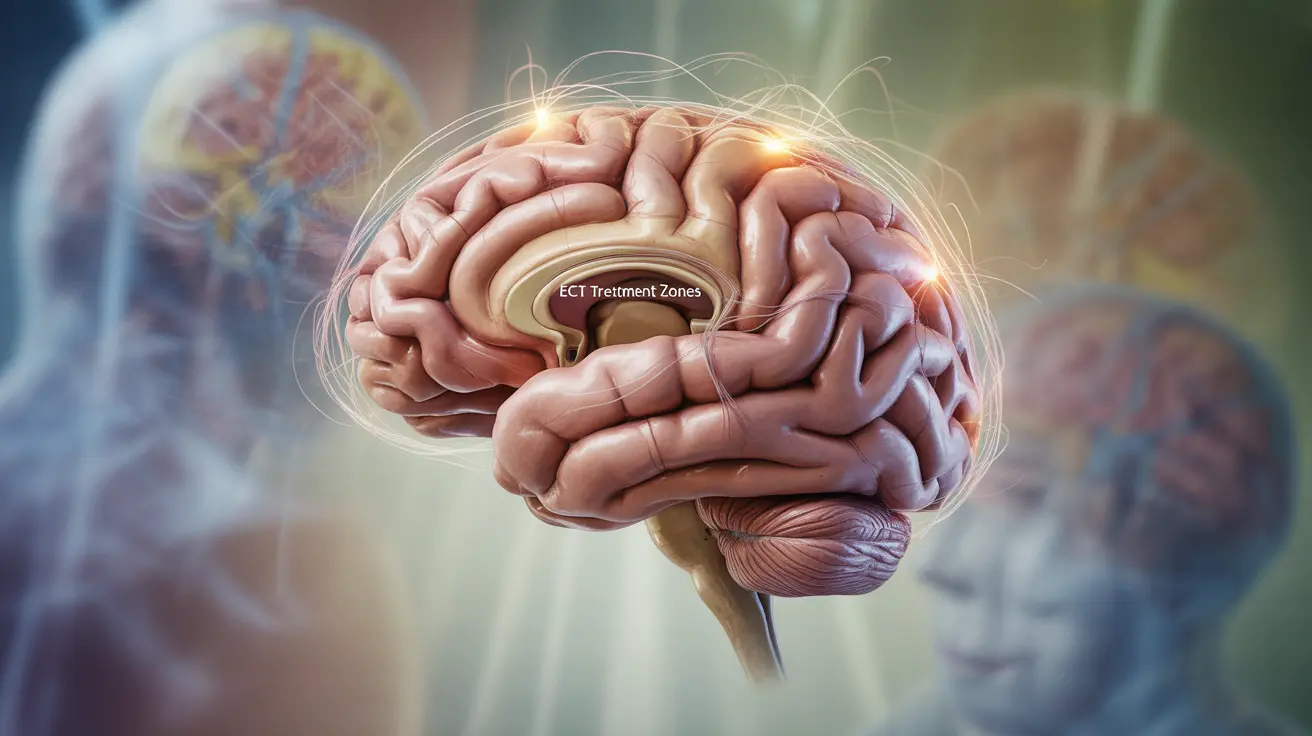Electroconvulsive therapy (ECT) has emerged as a potential treatment option for individuals with severe or treatment-resistant post-traumatic stress disorder (PTSD). While traditionally associated with treating severe depression, ECT has shown promise in addressing complex PTSD cases where conventional treatments have proven insufficient. This article explores the role of ECT in PTSD treatment, its effectiveness, and important considerations for patients and healthcare providers.
Understanding ECT and Its Application in PTSD Treatment
Electroconvulsive therapy involves delivering controlled electrical currents to the brain while the patient is under general anesthesia. This procedure triggers a brief seizure, which can help modify brain chemistry and potentially alleviate severe psychiatric symptoms. When applied to PTSD treatment, ECT may help regulate the areas of the brain associated with fear responses and traumatic memories.
How ECT Works in PTSD Treatment
The mechanism behind ECT's effectiveness in PTSD treatment involves several neurological processes. The electrical stimulation affects neurotransmitter systems and may help "reset" disturbed neural pathways associated with traumatic memories and responses. This can potentially lead to reduced symptom severity and improved emotional regulation.
Biological Effects on the Brain
During ECT treatment, the controlled seizure activity appears to influence multiple brain regions, including:
- The amygdala, which processes fear and emotional responses
- The hippocampus, involved in memory formation and processing
- The prefrontal cortex, which regulates emotional responses and decision-making
Effectiveness and Success Rates
Research indicates that ECT may be particularly beneficial for individuals with severe PTSD symptoms that haven't responded to standard treatments. Some studies have shown improvements in:
- Intrusive thoughts and flashbacks
- Hyperarousal symptoms
- Depression and anxiety associated with PTSD
- Overall quality of life measures
Safety Considerations and Side Effects
While ECT is generally considered safe when administered properly, patients should be aware of potential side effects, which may include:
- Temporary memory issues
- Confusion immediately after treatment
- Headaches
- Muscle soreness
- Nausea
Integration with Other PTSD Treatments
ECT typically isn't used as a first-line treatment for PTSD. Instead, it's often integrated into a comprehensive treatment plan that may include:
- Psychotherapy (particularly trauma-focused approaches)
- Medication management
- Support groups and counseling
- Lifestyle modifications
Candidate Selection and Treatment Planning
Healthcare providers carefully evaluate potential candidates for ECT treatment. Ideal candidates often include individuals who:
- Have severe, treatment-resistant PTSD symptoms
- Haven't responded adequately to conventional treatments
- Are experiencing significant functional impairment
- Can safely undergo the procedure based on their medical history
Frequently Asked Questions
How effective is electroconvulsive therapy (ECT) for treating PTSD symptoms that don't respond to other treatments? ECT has shown promising results for treatment-resistant PTSD, with some studies reporting significant symptom improvement in 50-60% of patients who haven't responded to conventional treatments.
What are the potential side effects of using ECT for post-traumatic stress disorder (PTSD)? Common side effects include temporary memory difficulties, confusion, headaches, and muscle soreness. Most side effects are short-term and resolve within days to weeks after treatment.
Can ECT be safely used alongside other treatments for PTSD, such as medication and therapy? Yes, ECT can be safely integrated with other PTSD treatments. Healthcare providers carefully coordinate timing and adjust medication schedules to ensure safe and effective combination therapy.
How does ECT work to alleviate symptoms of PTSD, and what are the proposed mechanisms behind its potential effectiveness? ECT works by inducing controlled seizures that affect neurotransmitter systems and neural pathways. This may help regulate brain regions involved in fear responses, emotional processing, and traumatic memory storage.
In what situations might ECT be considered as a treatment option for individuals with severe or treatment-resistant PTSD? ECT may be considered when severe PTSD symptoms persist despite traditional treatments, when patients experience significant functional impairment, or when rapid symptom relief is necessary due to safety concerns.




